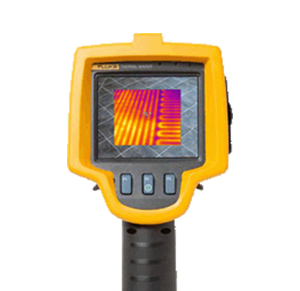Dehumidifier For Wet Basement
Why Use a Dehumidifer? In spaces that are naturally more damp, such as basements and crawl spaces, a dehumidifier will help dry the air, reducing musty odors and preventing mold growth and other issues caused by excess moisture.
A basement dehumidifier helps maintain an ideal indoor relative humidity (RH) level in the space. The Environmental Protection Agency suggests that the indoor relative humidity be kept between 30-60% to help prevent mold
When constructed properly and with the appropriate air conditioning and ventilation, a basement should be dry. But many basements are particularly prone to dampness because of their poor design and ventilation. Dampness like this is a perfect breeding ground for mold and mildew, especially in basements where old books, magazines, clothing and suitcases are stored.
When the humidity level goes over 50%, the water vapor in the air can cause furniture to warp, moisture to condense on walls and floors and promote growth of fungus. It will also accelerate wood rot. For those family members with allergies, a basement dehumidifier is crucial to lessen the health risks linked to toxic mold and fungus.
Many of the most common causes of allergies, including dust mites, mold, and mildew, thrive in humid environments. Whether you live in a humid climate, or you just have a living space that tends to be more humid, you may be suffering from these things. Small living spaces with limited ventilation, such as bathrooms or kitchens in a small apartment or basement apartments, are common areas where moisture can build up, even in dry climates.
Moist, damp air is the ideal environment for mold to flourish (50-65% humidity), and a dehumidifier can remove the surplus moisture while preventing new mold from growing. If you or anybody in your home suffers from frequent asthma attacks or if you see mold growing in various places, then you should strongly consider getting a dehumidifier for your home.
But before you go off to purchase a basement dehumidifier, consider taking some time to investigate the reason behind the high humidity, and then repairing the underlying problems. For example, your basement should ideally be the same temperature as the rest of your house, and not an isolated cool temperature zone. Try adding weather-stripping to any basement doors and windows. If the basement is uninsulated, youll have to weigh the costs of adding insulation against that of running a basement dehumidifier.
Buying a basement dehumidifier will require a little planning. Know the cubic footage of the basement space that it will be going into. Also you will need to decide on getting a permanently installed unit versus a portable

Noise levels – The noise level of the specific basement dehumidifier is also crucial. For basement use, I’d advise you to go with a unit that emits more noise. But you shouldn’t invest in one that is extremely noisy. I’d recommend that you go for a unit that’s moderately noisy. It will tell you if the unit is running or not. If you are thinking of using the same unit in your living room or bedroom, the more silent model is probably your best option.
During home inspections in Barrie Ontario, I come across many basements with running dehumidifiers, which is not unusual, but if the basement still has damp feeling or smell, then it is very important to check all exterior walls with moisture meter and thermal imaging camera.
Thermal Imaging measures the temperature of walls, ceilings, and floors. The infrared camera shows a colour screen indicating a visual picture of either moisture or hot spots. This is especially useful for finding hidden moisture, missing insulation or electrical hot spots. Thermal Imaging identifies changes in an items thermal structure that the human eye cannot see.
Inspection Areas
Alliston
Angus
Barrie
Innisfil
Orillia
Midland
Penetanguishene
Newmarket
Wasaga Beach
Certifications









